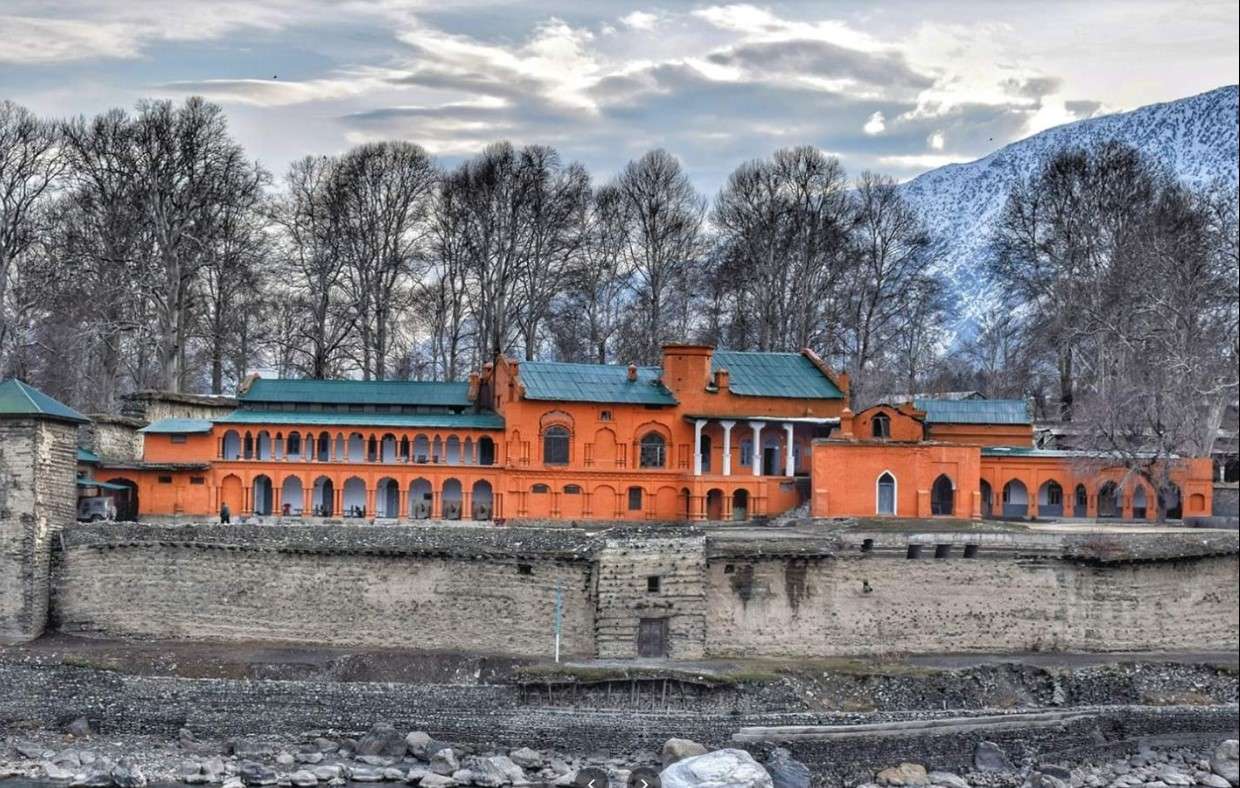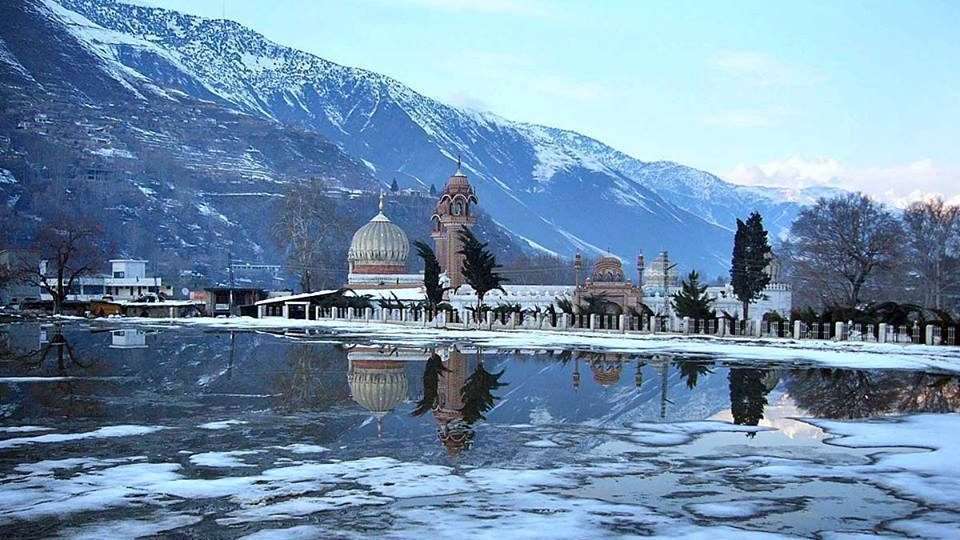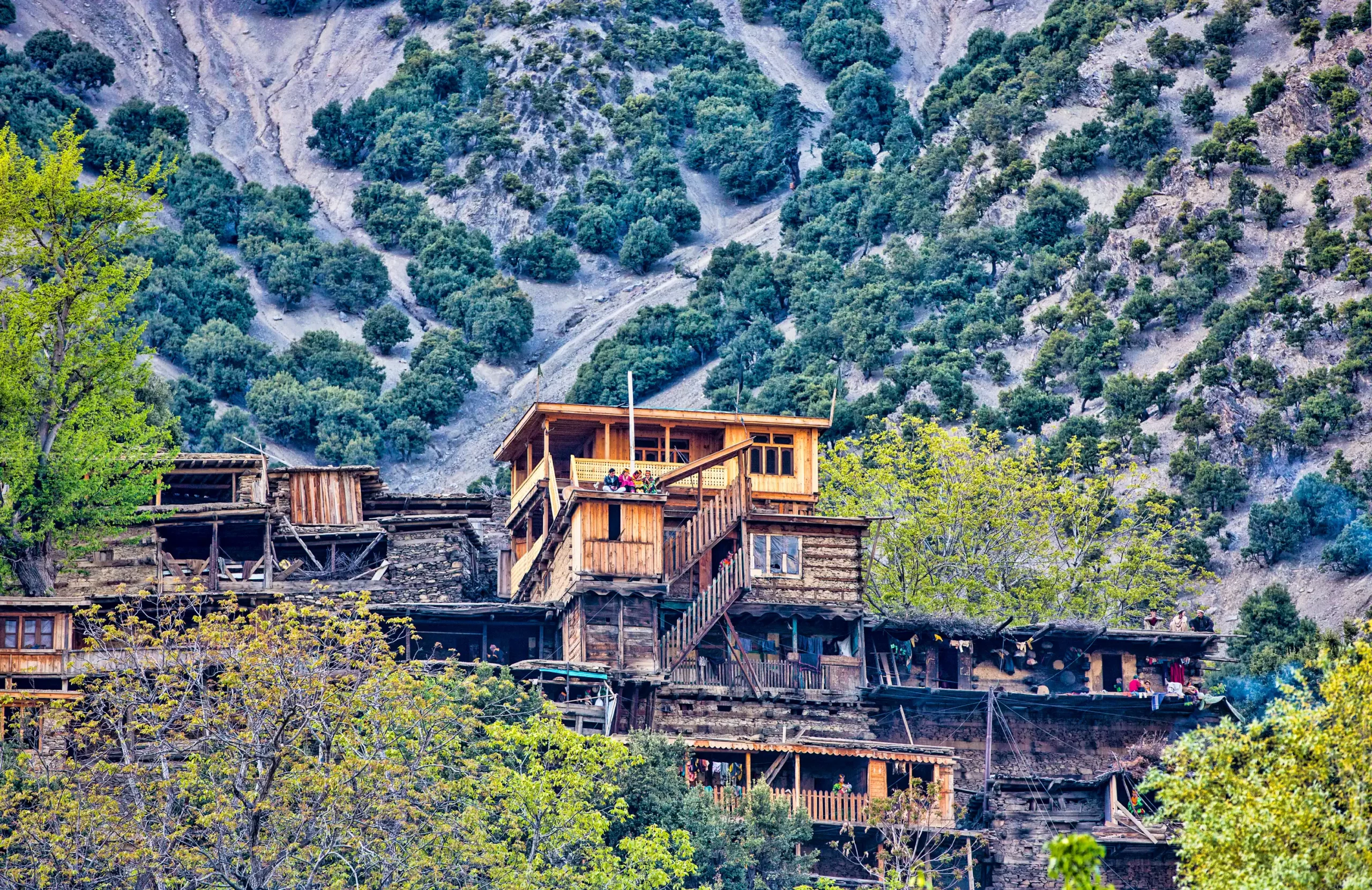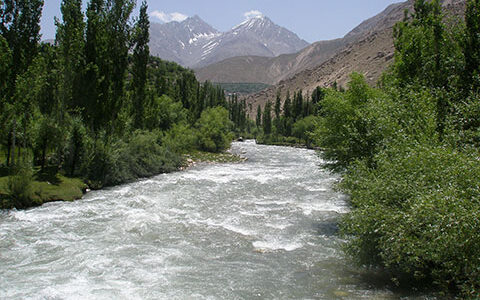Garam Chashma, Chitral: A Detailed Introduction and Guide
Garam Chashma is a picturesque and culturally rich village located in the Chitral District of Khyber Pakhtunkhwa, Pakistan. Situated at the foothills of the Hindu Kush mountain range, Garam Chashma is renowned for its natural hot springs, stunning landscapes, and tranquil atmosphere. The name “Garam Chashma” literally translates to “Hot Spring,” referring to the geothermal springs that flow through the village, offering both scenic beauty and therapeutic benefits.
Location:
Garam Chashma is situated approximately 64 kilometers (40 miles) to the north of Chitral city, nestled within the remote and rugged mountains. It is accessible by road, and the journey takes you through winding roads, lush valleys, and traditional villages. Despite its relatively secluded location, the village is a popular destination for both local and international travelers looking to experience the serenity of Chitral’s high-altitude natural beauty.
Natural Beauty and Hot Springs:
The village of Garam Chashma is famous for its hot springs, which are believed to have medicinal properties. The warm waters are rich in minerals, and locals and visitors alike come to soak in the therapeutic pools, which are said to help with various skin conditions, joint pains, and stress relief. The natural spring water emerges from the ground at a high temperature, making it an ideal place for relaxation and wellness. The surrounding area is also dotted with green meadows, dense forests, and streams, adding to the village’s picturesque appeal.
Climate:
Garam Chashma experiences a cool and temperate climate throughout the year, with harsh winters that bring heavy snowfall and milder, pleasant summers. The village is ideal for visitors seeking to escape the heat of the plains in the summer months and enjoy the refreshing coolness of the mountains. Winter temperatures can drop significantly, especially at higher altitudes, and snow covers the area, adding to the beauty of the landscape.
Cultural Heritage:
Garam Chashma is not only known for its natural attractions but also for its rich cultural heritage. The area is home to the Kalash people, an indigenous ethnic group known for their unique customs, vibrant festivals, and distinctive religious practices. While Garam Chashma itself is primarily inhabited by people from the Kho family, the region offers visitors the chance to learn about the Kalash culture, which remains an integral part of Chitral’s identity. Traditional Kalash festivals, such as Chilam Joshi, Uchal, and Phool, are celebrated with music, dance, and colorful attire.
Attractions and Activities:
- Garam Chashma Hot Springs – The main attraction of the village, where visitors can relax in the naturally heated pools.
- Trekking and Hiking – With its mountainous terrain and beautiful surroundings, Garam Chashma is a fantastic destination for trekking and hiking enthusiasts.
- Cultural Tours – Visitors can explore nearby Kalash villages, learn about traditional practices, and witness the vibrant festivals.
- Nature Walks – The verdant forests and clear streams make for perfect walking and sightseeing opportunities.
Accessibility:
While Garam Chashma is remote, it is accessible via road from the city of Chitral. The journey can take several hours, with parts of the route passing through narrow mountain passes and winding roads. The road conditions may vary, so it’s advised to travel during the warmer months. The nearest airport is in Chitral, and from there, visitors can hire a jeep or taxi to reach Garam Chashma.
Conclusion:
Garam Chashma is a hidden gem of Chitral, offering visitors an opportunity to immerse themselves in the tranquil beauty of nature, experience the therapeutic hot springs, and explore the unique culture of the region. Whether you’re a nature lover, history enthusiast, or someone seeking relaxation, Garam Chashma has something to offer for everyone.





 Uncategorized7 years ago
Uncategorized7 years ago
 Uncategorized7 years ago
Uncategorized7 years ago
 Uncategorized7 years ago
Uncategorized7 years ago
 Uncategorized7 years ago
Uncategorized7 years ago
 Uncategorized7 years ago
Uncategorized7 years ago
 Uncategorized7 years ago
Uncategorized7 years ago
 Peshawar7 years ago
Peshawar7 years ago
 Uncategorized7 years ago
Uncategorized7 years ago



